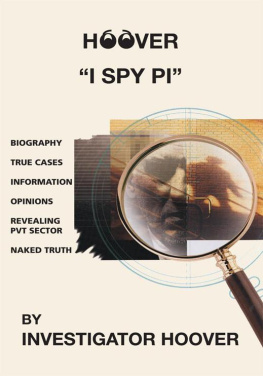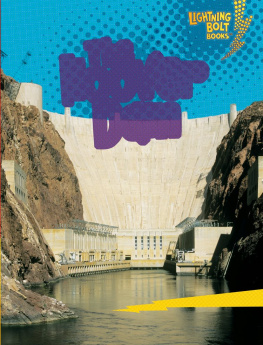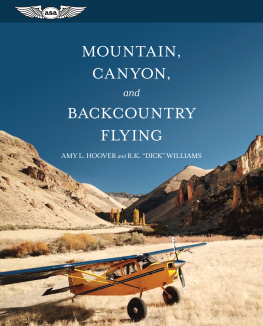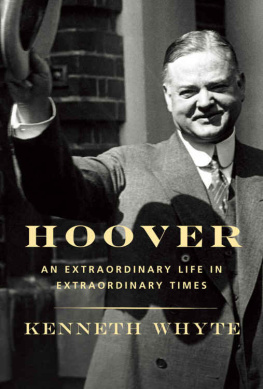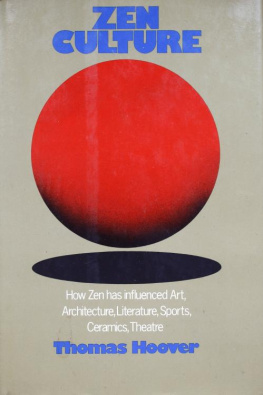
Also by Michael Hiltzik
A Death in Kenya: The Murder of Julie Ward
Dealers of Lightning: Xerox PARC and the Dawn of the Computer Age
The Plot Against Social Security: How the Bush Plan Is Endangering Our Financial Future
COLOSSUS
Hoover Dam and The Making of the American Century
Michael Hiltzik
Free Press
New York London Toronto Sydney

Free Press
A Division of Simon & Schuster, Inc.
1230 Avenue of the Americas
New York, NY 10020
www.SimonandSchuster.com
Copyright 2010 by Michael Hiltzik
All rights reserved, including the right to reproduce this book or portions thereof in any form whatsoever. For information address Free Press Subsidiary Rights Department, 1230 Avenue of the Americas, New York, NY 10020
First Free Press hardcover edition June 2010
Sources for Photo Insert 1: From J.C. Ives, Report upon the Colorado River of the West (1861); 2, 3: From H.T. Cory, TheImperial Valley and the Salton Sink (1915); 4, 5, 7, 11-15, 17-31, 34: United States Bureau of Reclamation; 6: San Bernardino Public Library; 8, 9: Library of Congress; 10: UNLV Libraries, Special Collections; 16: Nevada State Museum, Las Vegas; 32, 33: Los Angeles Times
FREE PRESS and colophon are trademarks of Simon & Schuster, Inc.
For information about special discounts for bulk purchases, please contact Simon & Schuster Special Sales at 1-866-506-1949 or business@simonandschuster.com
The Simon & Schuster Speakers Bureau can bring authors to your live event. For more information or to book an event contact the Simon & Schuster Speakers Bureau at 1-866-248-3049 or visit our website at www.simonspeakers.com.
Designed by Carla Jayne Jones
Manufactured in the United States of America
10 9 8 7 6 5 4 3 2 1
Library of Congress Cataloging-in-Publication Data
Hiltzik, Michael A. Colossus : Hoover Dam and the making of the American century / Michael
Hiltzik.
p. cm.
Includes bibliographical references and index.
1. Hoover Dam (Ariz, and Nev.)History. 2. DamsColorado River
(Colo.-Mexico)Design and constructionHistory. I. Title.
TC557.5.H6H55 2010
627.820979313dc22
2009033833
ISBN 978-1-4165-3216-3
ISBN 978-1-4391-8158-4 (ebook)
To Deborah, Andrew, and David
CONTENTS
INTRODUCTION
September 30, 1935: Roosevelt Comes to the River
The presidents train lumbered across the desert in the dead of night. The darkness was opportune, for it spared the passengersthose still awake as Sunday night edged into Monday morningthe sight of the wasteland they were traversing on this, the fourth day of an exhausting coast-to-coast journey. One of the most desolate landscapes in the United States, it was a vast flat desert without a hint of green, its few human settlements separated from one another by hundreds of waterless miles. For generations, hardy (or foolhardy) Americans had crossed this territory in search of fortune or fulfillment, looking for gold, water, a patch of land to homestead, or the answer to a dream. Thousands had perished in the quest.
In making the same crossing, Franklin Delano Roosevelt was on a quest of his own. He aimed to appropriate as a tangible symbol of the New Deal, his Democratic administrations economic recovery program, a great dam on the Colorado River conceived and launched by Republicans.
To that end he had resolved to dedicate this landmark of human achievement in person, at a ceremony scheduled for the coming day. He would speak directly to a crowd of ten thousand from a shaded podium beside the monumental work while his words were carried across the land on a nationwide radio hookup.
it was below par and did not do the President justice, Ickes reported in his diary. The result was that he had to do it all over again. The new version would carry a full helping of the Roosevelt magic.
As he began to speak just before noon on that sizzling Monday, the president, strapped uncomfortably upright into a steel frame attached to a shaded lectern, first evoked the arid landscape on which thousands of Americans had scratched out a living for years in thrall to the menacing moods of the Colorado River. the people of Imperial Valley had lived in the shadow of disaster from this river, he said. Every spring they awaited with dread the coming of a flood, and at the end of nearly every summer they feared a shortage of water would destroy their crops. The dam had already vindicated the foresight of its builders, he observed, for only a few months earlier a great flood had cascaded down from the mountains and would surely have ruined the settlers of the valley had it not been caught and safely held behind the huge concrete rampart.
Next he turned his attention to the future, describing the rich bounty of electricity, water, and recreation to be provided by the man-made lake, 115 miles long, that already had begun to fill behind the dam. Transmission lines of unprecedented length already spanned the desert, ready to bring electricity to factories, streetlights, and household appliances in towns and cities hundreds of miles away. The cities of Southern California had broken ground for yet another engineering marvel, an immense aqueduct to transport the Colorados waters over the mountains to quench the thirst of millions of residents on the coastline. More gifts were in the offing. Agriculture, mining, and manufacturing, not to speak of industries yet unforeseen, all would be nourished by the dam. They await the development of cheap power, Roosevelt said. The national benefits which will be derived from the completion of this project will make themselves felt in every one of the forty-eight States.
FDR envisioned the project in a way that his predecessor, Herbert Hoover, the once and future namesake of what was then known as Boulder Dam, would have found entirely alien: as a symbol. The dam signified not only mans mastery over nature, Roosevelt observed, but also a peoples ability to find greatness by coalescing into a social and economic community. The dams $108 million cost (including interest) might seem daunting at first blush, he added, but as the price of nationwide inspiration and the creation of a template for further public works it would be reckoned modest indeed.
As the largest federal project of its kind, Hoover Damto use the name Congress made permanent in 1947inaugurated an age of grand national undertakings. Emboldened by the successful effort to harness the Colorado, the United States embarked on a campaign to place more of its rivers and streams under human domination. of runoff from Mexican farms.
Hoover Dam inspired much more than irrigation works. Even before its last concrete was poured, construction of the Golden Gate Bridge was underway, involving some of the same contractors. More bridges and tunnels followed, along with the first freeways. The power of Americas concerted will and intellectual resources, demonstrated so decisively by Hoover Dams construction, would continue to reveal itself over the succeeding yearsin times of acute crisis, as after Pearl Harbor, at D-Day, and in the Manhattan Project; and in times of more placid if not entirely tranquil aspiration, as during the 1950s and 1960s, which bequeathed us the interstate highway system and mans landing on the moon.
Franklin Roosevelt instinctively grasped the totemic power of what he called in the world, its elegant machine beauty and opalescent majesty. He foretold in his opening words the spell it would cast on every visitor: This morning I came, I saw and I was conquered, as everyone would be who sees for the first time this great feat of mankind. Hundreds of thousands of visitors had preceded him, peering over the canyon rim during the construction phase at the antlike workers seven hundred feet below; afterward, a million tourists a year would heed his call to come to Boulder Dam and see it with your own eyes.
Next page


